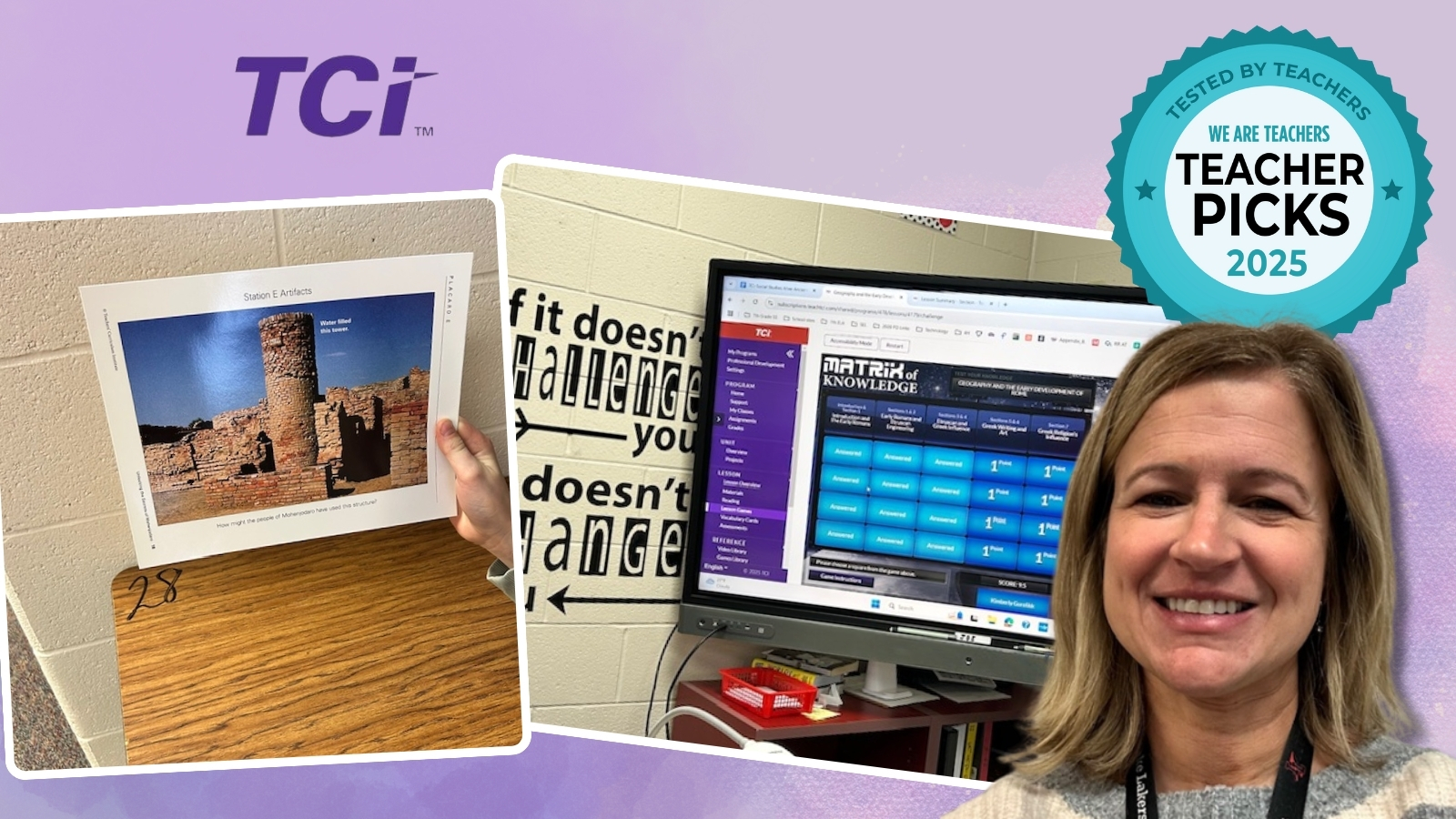Reading Time: 4 minutes
Learning by doing is a highly effective and proven strategy for knowledge retention. But sometimes, learning about others who have “done”—using case studies, for example—can be an excellent addition to or replacement for hands-on learning. Case studies―a vital tool in the problem-based learning toolkit—can turbocharge lessons in any subject, but they are particularly useful teaching aids in subjects like Medicine, Law or Forensic Science, where hands-on experiences may not initially be possible.
Here’s a look at how this type of problem-based learning functions to make learning stick and how any faculty member can use them to facilitate deeper, richer learning experiences:
Case studies complement theoretical information
Reading about scientific principles in a textbook challenges students to think deductively and use their imagination to apply what they’re learning to real-world scenarios. It’s an important skill set. Not all information can or should be packaged up and handed to students, pre-formed; we want students to become critical thinkers and smart decision-makers who are capable of forming their own insights and opinions.
However, the strategic use of case studies, as a companion to required reading, can help students see theoretical information in a new light, and often for the first time. In short, a case study can bring to life what is often dry and difficult material, transforming it into something powerful, and inspiring students to keep learning. Furthermore, the ability to select or create case studies can give students greater agency in their learning experiences, helping them steer their educational experiences towards topics they find interesting and meaningful.
What does the research show about using case studies in educational settings? For one, when used in group settings, the use of case studies is proven to promote collaboration while promoting the application of theory. Furthermore, case studies are proven to promote the consideration of diverse cultures, perspectives, and ideas. Beyond that? They help students to broaden their professional acumen—a vitally necessary part of the higher education experience.
Case studies can be what you want them to be, but they should follow a formula
Faculty may choose to use case studies in any number of ways, including asking students to read existing case studies, or even challenging them to build their own case studies based on real or hypothetical situations. This can be done individually or in a group. It may be done in the classroom, at home, or in a professional setting. Case studies can take on a wide variety of formats. They may be just a few paragraphs or 30 pages long. They may be prescriptive and challenge readers to create a takeaway or propose a different way of doing things. Or, they may simply ask readers to understand how things were done in a specific case. Beyond written case studies, videos or slide decks can be equally compelling formats. One faculty member even asks students to get theatrical and act out a solution in their sociology class.
Regardless of format, a case study works best when it roughly follows an arc of problem, solution and results. All case studies must present a problem that doesn’t have an immediately clear solution or result. For example, a medical student may read a case study detailing the hospital admission of a 42-year-old woman who presents to the emergency room with persistent and severe calf pain, but has normal blood tests and ultrasound imaging. What should the physician consider next? A law student might read a case study about an elderly man involved in a car accident who denies any memory of the event. What legal angles should be considered?
Case studies – get started
Are you eager to use case studies with your students? Cengage higher education titles typically contain case studies and real-world examples that bring learning to life and help knowledge stick. Below are some learning materials, spanning a range of subjects, that can help your students reap the proven benefits of case study learning:
Accounting, 29e
Award-winning authors Carl Warren, Jefferson P. Jones and William B. Tayler offer students the opportunity to analyze real-world business decisions and show how accounting is used by real companies.
Guide to Computer Forensics and Investigations, 7e
“Guide to Computer Forensics and Investigations” by Bill Nelson, Amelia Phillips, Christopher Steuart and Robert S. Wilson includes case projects aimed at providing practical implementation experience, as well as practice in applying critical thinking skills.
Business Ethics: Case Studies and Selected Readings, 10e
Marianne M. Jennings’ best-selling “Business Ethics: Case Studies and Selected Readings, 10e” explores a proven process for analyzing ethical dilemmas and creating stronger values.
Anatomy & Physiology, 1e
Author Dr. Liz Co includes a chapter composed entirely of case studies to give students additional practice in critical thinking. The cases can be assigned at the end of the semester or at intervals as the instructor chooses.
Psychopathology and Life: A Dimensional Approach, 11e
Christopher Kearney offers a concise, contemporary and science-based view of psychopathology that emphasizes the individual first. Geared toward cases to which most college students can relate, helping them understand that symptoms of psychological problems occur in many people in different ways.
Understanding Psychological Disorders Enhanced, 12e
In “Understanding Psychological Disorders Enhanced” by David Sue, Derald Sue, Diane M. Sue and Stanley Sue, students can explore current events, real-world case studies and the latest developments from the field.
Policing in the US: Past, Present, and Future, 1e
This comprehensive and timely text by Lorenzo M. Boyd, Melissa S. Morabito and Larry J. Siegel examines the current state of American policing, offering a fresh and balanced look at contemporary issues in law enforcement. Each chapter opens with a real-life case or incident.
Public Speaking: The Evolving Art, 5e
With a student-centered approach, “Public Speaking: The Evolving Art” by Stephanie J. Coopman and James Lull includes innovative solutions to current issues, including critically assessing the credibility of information sources. A diverse collection of sample student and professional presentations encourage students to consider chapter concepts in the context of real speeches.
Theory and Practice of Counseling and Psychotherapies, 11e
Dr. Gerald Corey’s best-selling text helps readers compare and contrast the therapeutic models expressed in counseling theories.
The post Case Studies: Bringing Learning to Life and Making Knowledge Stick appeared first on The Cengage Blog.
Reading Time: 4 minutes Learning by doing is a highly effective and proven strategy for knowledge retention. But sometimes, learning about others who have “done”—using case studies, for example—can be an excellent addition to or replacement for hands-on learning. Case studies―a vital tool in the problem-based learning toolkit—can turbocharge lessons in any subject, but they are particularly useful teaching […]
Read More…
The post Case Studies: Bringing Learning to Life and Making Knowledge Stick appeared first on The Cengage Blog. Teaching Strategies, eBooks, Resources, Student Engagement The Cengage Blog






